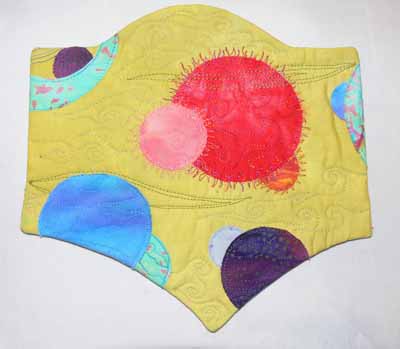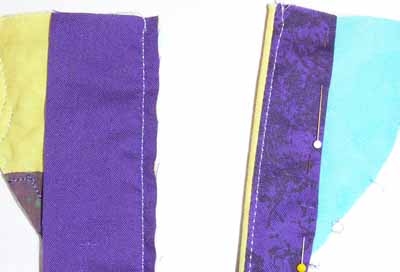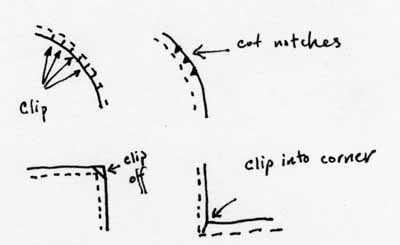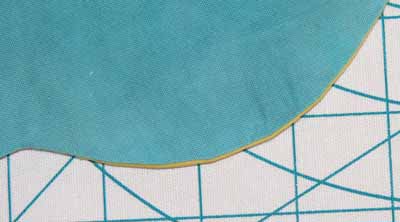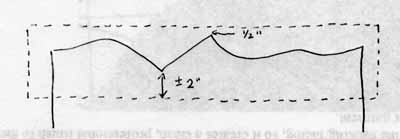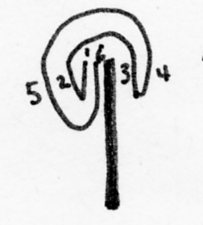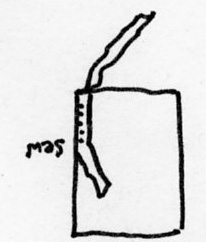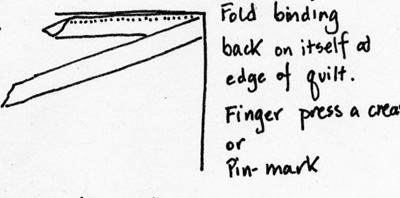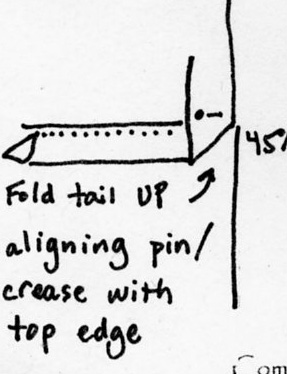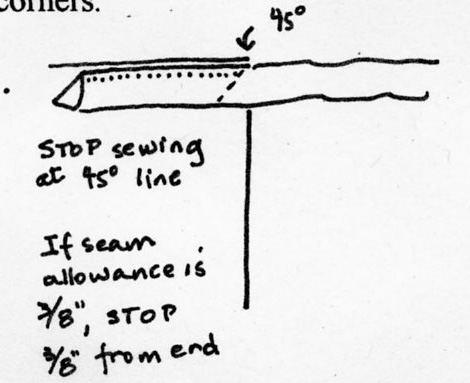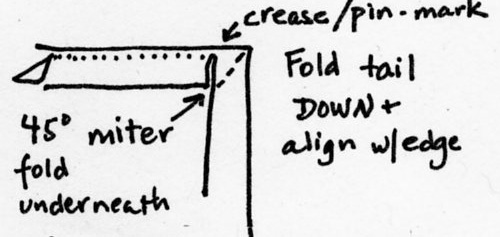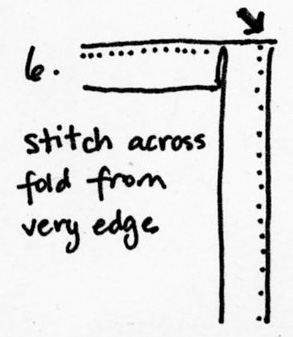Recently on the SAQA (Studio Art Quilts Associates) group list, a discussion came up about how one can make a bit of a living as an art quilter. I’ve received some positive comments about my post, so thought I’d tidy it up a bit, add an intro paragraph, and share it here. Hope this is interesting or helps some of you!
Perhaps the most useful think I have done is to join the QuiltArt list (www.quiltart.com). That is an on-line group of 2500+ souls around the world. Some are new to art but longtime quilters, some are experienced artists but new to sewing, some have super demanding day jobs and can only enjoy art quilting part time, and others of us are trying to make a go of it. By reading the list… and I will warn you the traffic is sometimes voluminous!… I have learned about art, about quilting, about the business side of things, entering shows, you name it. I told hubby that it was my on-line Master’s Degree in art quilting, and it really is.
And here’s what I wrote to the SAQA list:
I am faaaaarrrrrr from a known quantity, but here’s what I’ve done, and bit by bit it is working… seems as though I have (through sheer dumb luck) done much of what Pamelala (Pamela Allen, art quilter extraordinaire) has done…..
On the theory that I can’t sell my work if (a) I’m not known and (b) it is not seen, I have:
entered juried shows—can’t afford to do as many as Pamelala, but I look at geographic location when entering. Some like PIQF in Santa Clara I do again, others like Road2California I won’t (shipping there and back is more expensive than PIQF). Big name shows: if I can get in, I pay to ship no matter what (i.e. Houston, Paducah, and may even start thinking about UK and Japan…).
entered juried exhibits—both art and quilt venues, though mostly the latter, looking for geographic diversity!
participate on line–on QuiltArt, the Janome 6500/6600 list, a small group or two, I have actually gotten teaching jobs here in Maine through a referral from Florida–someone on the Janome list told a friend in Maine about me!
participate in travelling challenges that go to various venues–these have been through the QuiltArt list, but Annie Copeland’s exhibits were a great start, and currentliy Fabled Fibers
teach–as someone once told me, your students will like your work and some may buy it, and they are the word-of-mouth that is so valuable
have a website and keep it updated
have a blog and write regularly—this has been the biggest surprise. Google LOVES my blog! And it has brought me jobs, folks who like my work, etc. I’m migrating the blog to the website later this summer, which should help bring readers to the website and do even better with the search engines (and an additional note for my blog readers: I can’t believe how much fun I’ve had writing these “letters to you at the other end of the ether”…thanks!)
had local shows…at the bank. All I had to do was sign up for a month. Sent press release to the paper, which resulted in a page 1 of the B section full page article. Both led to great name recognition around town, which in turn led to…. This October at the new coffee house… just asked the owner, brought my work, she said yes! And ditto for the library… a gorgeous facility (small, we are after all a town of 5,700, but it draws paying members from neighboring towns because it is so good) where my mini-group (which was in Quilting Arts last winter) will have a show in August
walked into a local gallery, started chatting with staff, and then owner, who remembered my show at the bank–she agreed to try selling some of my work, said she didn’t know if it would sell but we could try. So we did and guess what…it works! I am a total unknown, she had never even SEEN an art quilt let alone know what it was called, but she liked it and was willing to give it a go (it’s a quirky gallery… prize winning carved and painted duck decoys, scrimshaw, as well as more traditional media)
Enter exhibits like the journal quilts… now Karey Bresenhan actually knows who I am, and has even bought my work… first a postcard I donated to FFAC (Virginia Spiegel’s cancer research fundraiser), then a major piece that got juried into the Viking “Imagine That” show (purchased for the IQF collection) and included two I Remember Mama quilts and journal quilts in her books. (And apart from that major ego boost, I have learned more than I can express by having been a part of he journal quilt process!)
Enter magazine contests and write article proposals: Quilting Arts! Made it to finalist one year in the calendar contest, and after many tries, have articles in the pipeline for later this year (still not saying much so as not to jinx things ) Working on the other mags
So as (One SAQA member) said, just keep doing it. It is a LOT of work. And I mean work. The playing with cloth and thread is fun. So is going to Festival. But it is also meeting the people that go with the names, making the connections, making yourself visible, and doing the (kinda yucky not fun) marketing stuff. The meeting people is fun, but the “selling yourself” is less pleasant, but if I don’t do it, no one will. So I just grit my teeth and do it, pleasantly, and sometimes I meet some totally cool people and it turns into fun.
Hope this helps?
Cheers, Sarah
website: https://www.sarahannsmith.com
blog: https://www.sarahannsmith.com/weblog/
and http://www.planet.textilethreads.com
Then I remembered to add the next day:
And your comment about one step at a time reminds me… My friend Kathy said to me a couple weeks ago “Did you have this all planned out? It seems like you’ve had this map in mind and set about achieving it” or something to that effect. My answer: heavens no! I have done one thing at a time, then another occurs to me, then maybe three or four (like I have another thing to pursue, but no time this year, so maybe by October?)…. so it’s one thing leads to another leads to another. And sometimes an opportunity pops up out of nowhere, and you just have to go with it, whether it is convenient or not.
Now, if I were still at my old day job, I’d have most nights and weekends to myself, and get paid about 10 times as much….. but I still wouldn’t go back (at least not while the kids are home…when they are off to college… maybe, for five years, just long enough to get a full pension…….)
